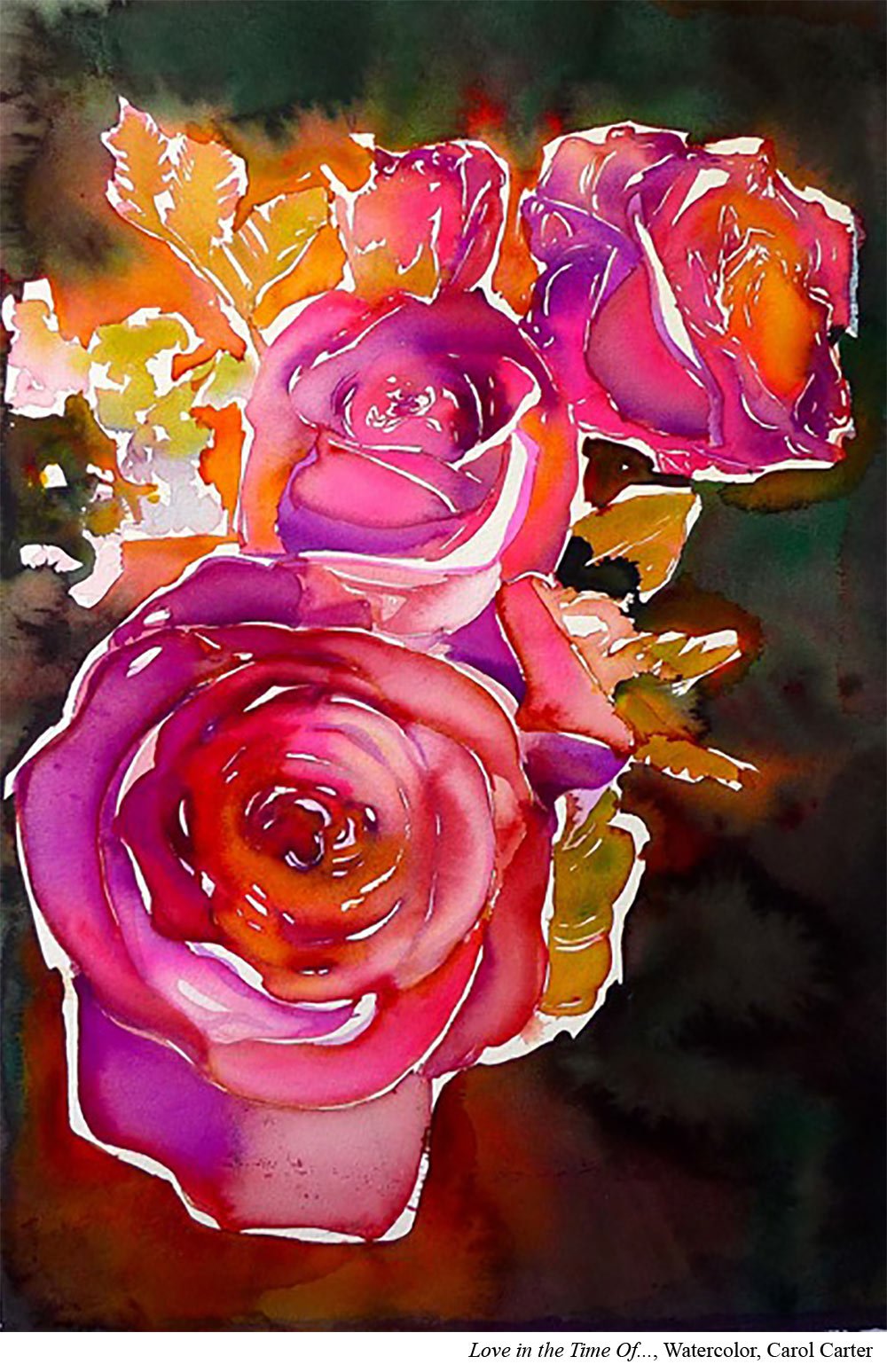Watercolor Brush Must-Haves
Carol Carter (Ep.16) asks her watercolor brushes to work hard. She knows first hand the difference a good brush can make especially if you are learning to paint.
Here are her two must-haves in a brush.
First, the watercolor brush needs to have a good snap.
Second, the watercolor brush must be able to hold a lot of water.
Put it to Practice:
If you’re struggling with your watercolor brushes, double check their snap and water hold.
Good snap means that after you lay down a stroke, the brush snaps back into its original shape. Rounds reshape their tips. Flats reshape their wedge.
This also means that they are soft to begin with. Watercolor is a very fluid medium. You want a brush that is soft with good shape.
Run your brush against the back of your hand, it shouldn’t make your skin itch. It should just feel soft and gentle. If your brush seems hard or scratches at all, it’s possible you have a brush better suited for a different medium.
You’ll also want to make sure it can hold water.
Mix up a puddle of paint, load your brush, and then draw a single line with that brush.
See how far you get across the page. Rounds will hold more water than flats but for either, if you can barely travel at all before you need to refill your brush, you might have a synthetic brush that doesn’t hold much water or pigment. That’s going to make some techniques harder for you in watercolor.
Carter’s brushes of choice are sable and part of the Silver Black Velvet.
Brushes are one of the few things where it can make a real difference to go into a physical art store, find the brush section and really take note of how different the watercolor brushes are from the oil brushes and even acrylic brushes.
Get practical advice from today’s best painters sent straight to your inbox by signing up for the newsletter below.


